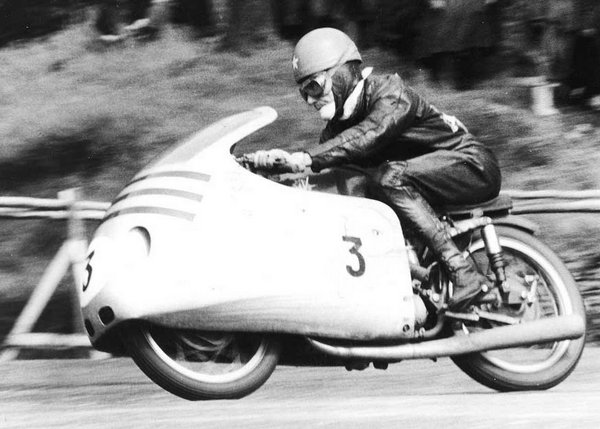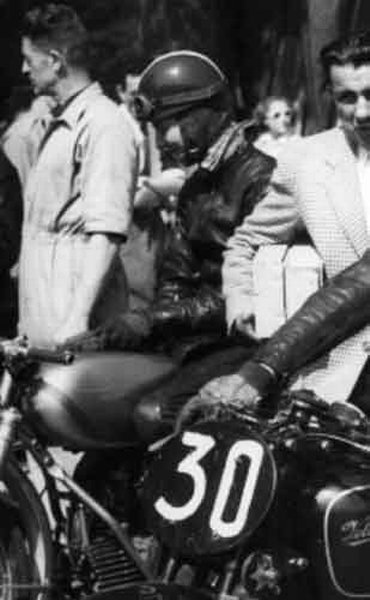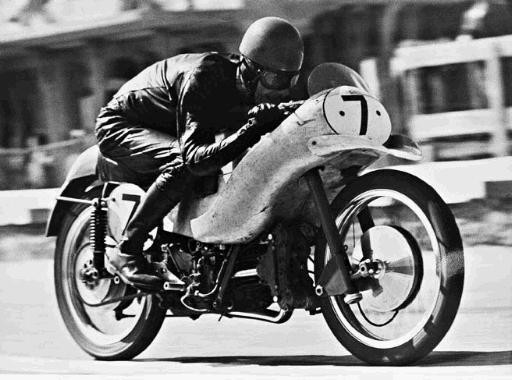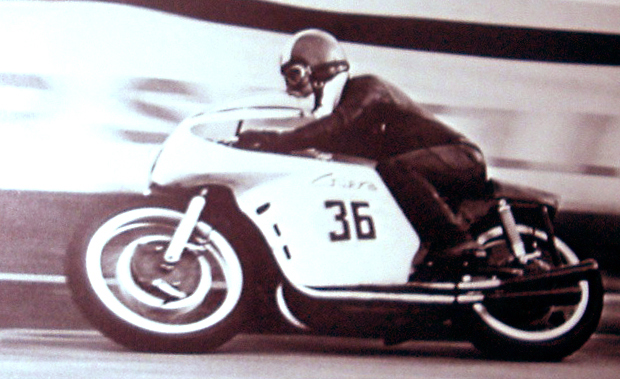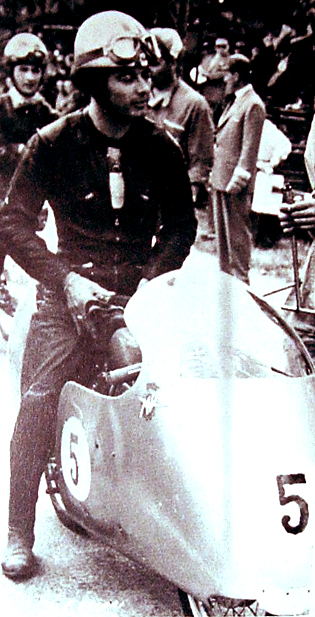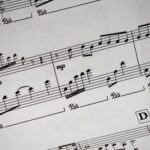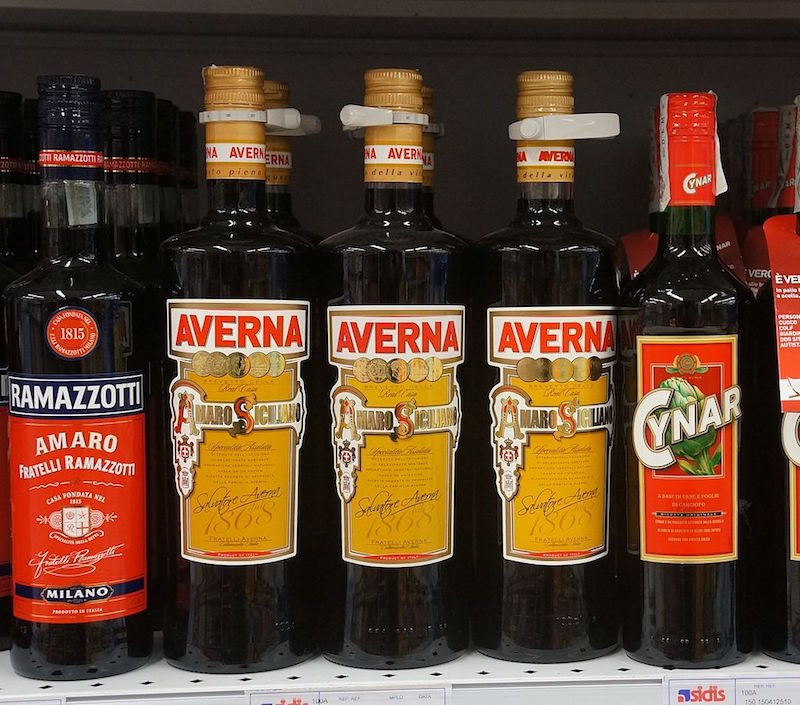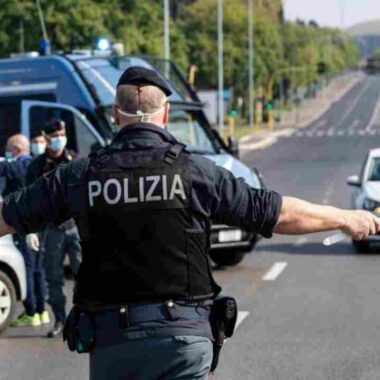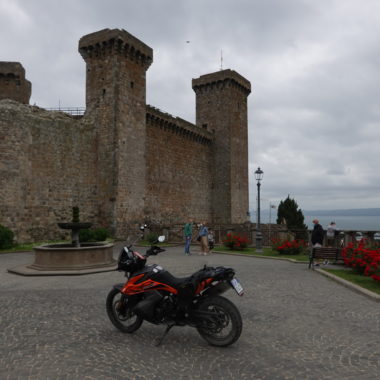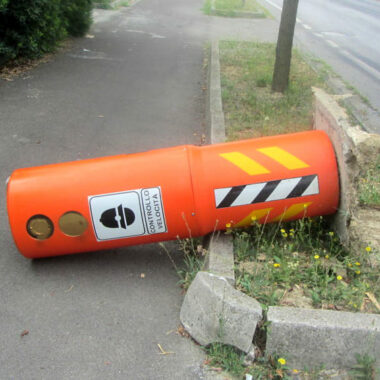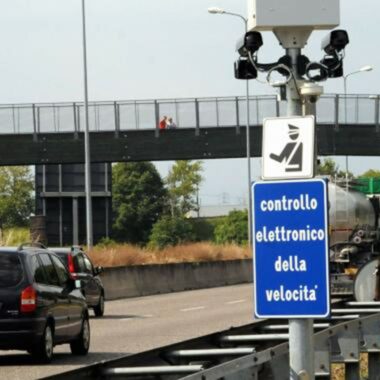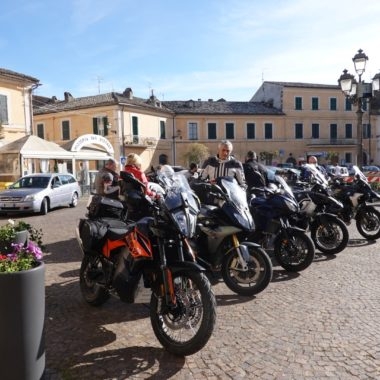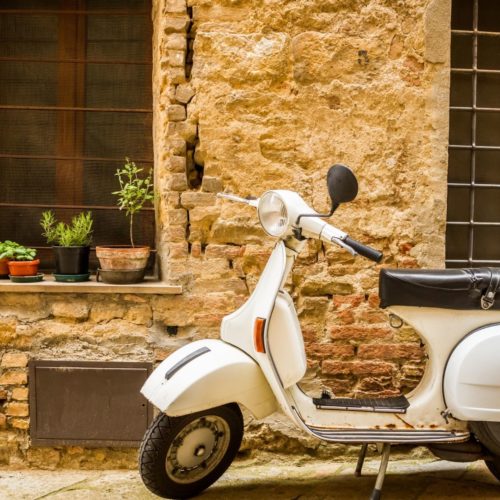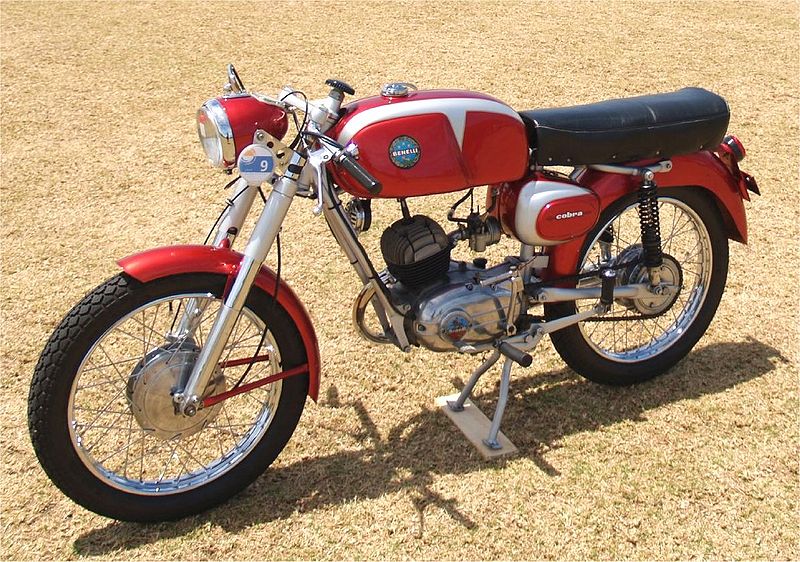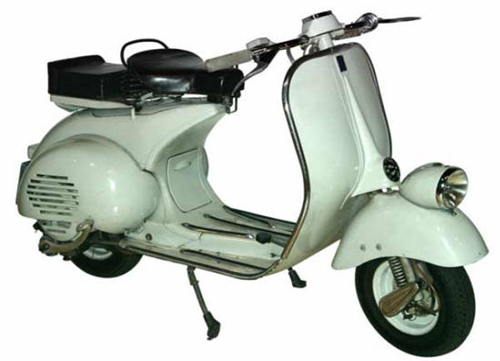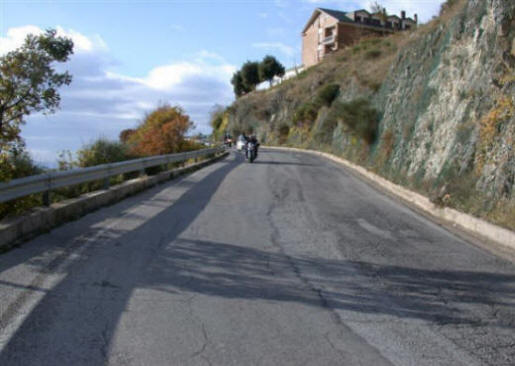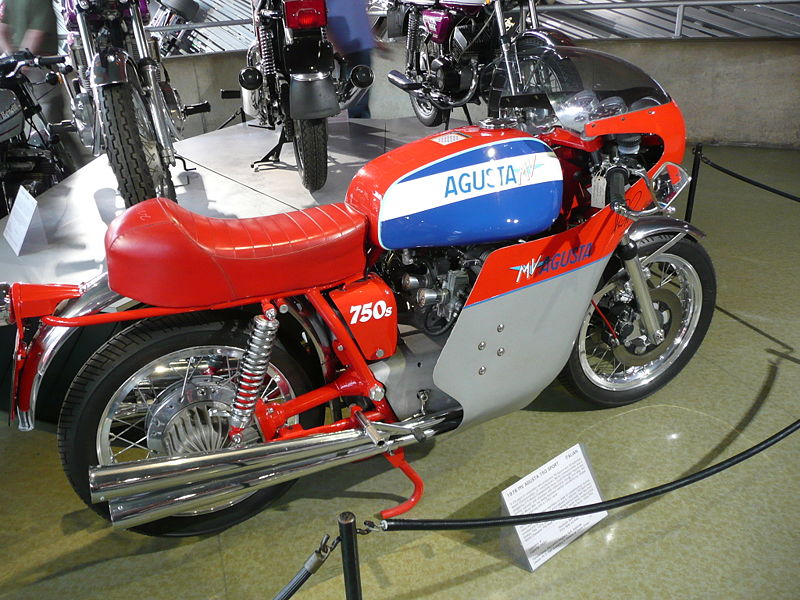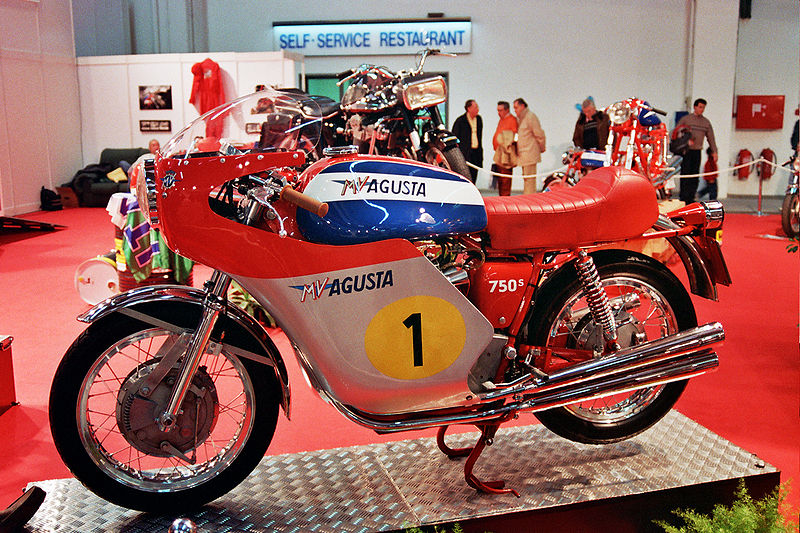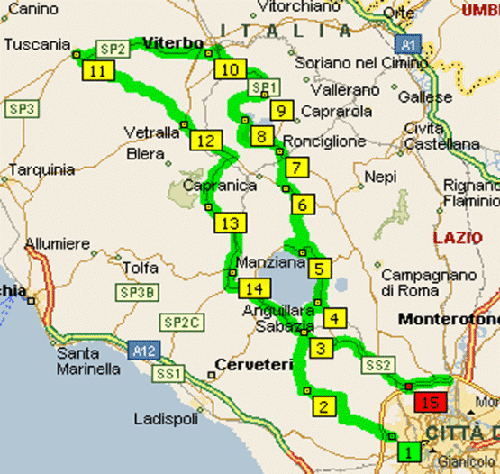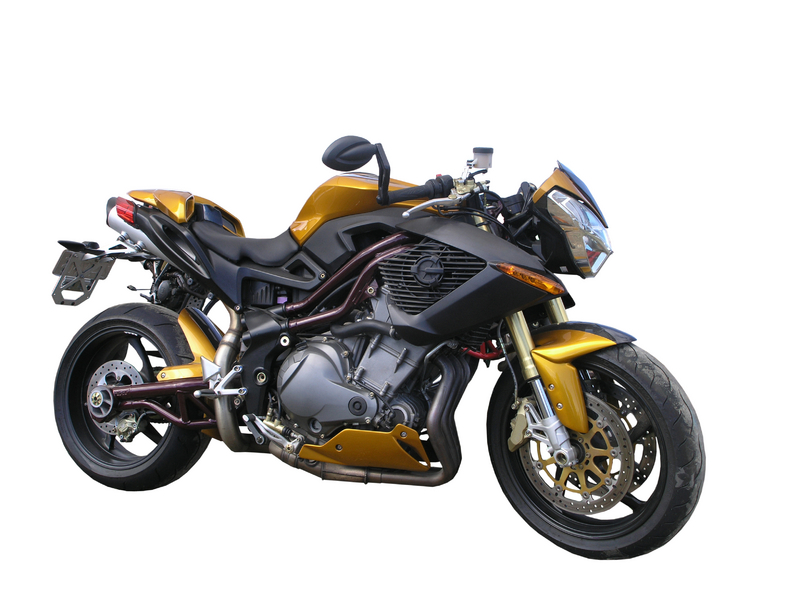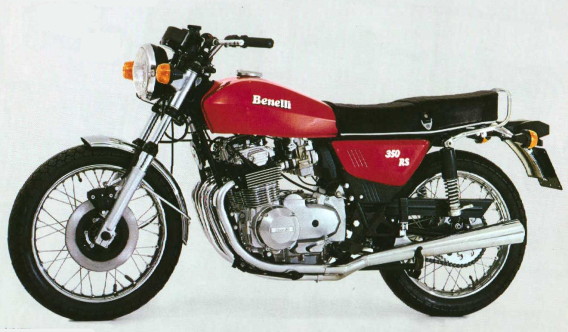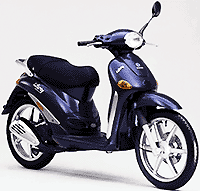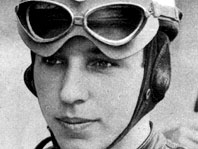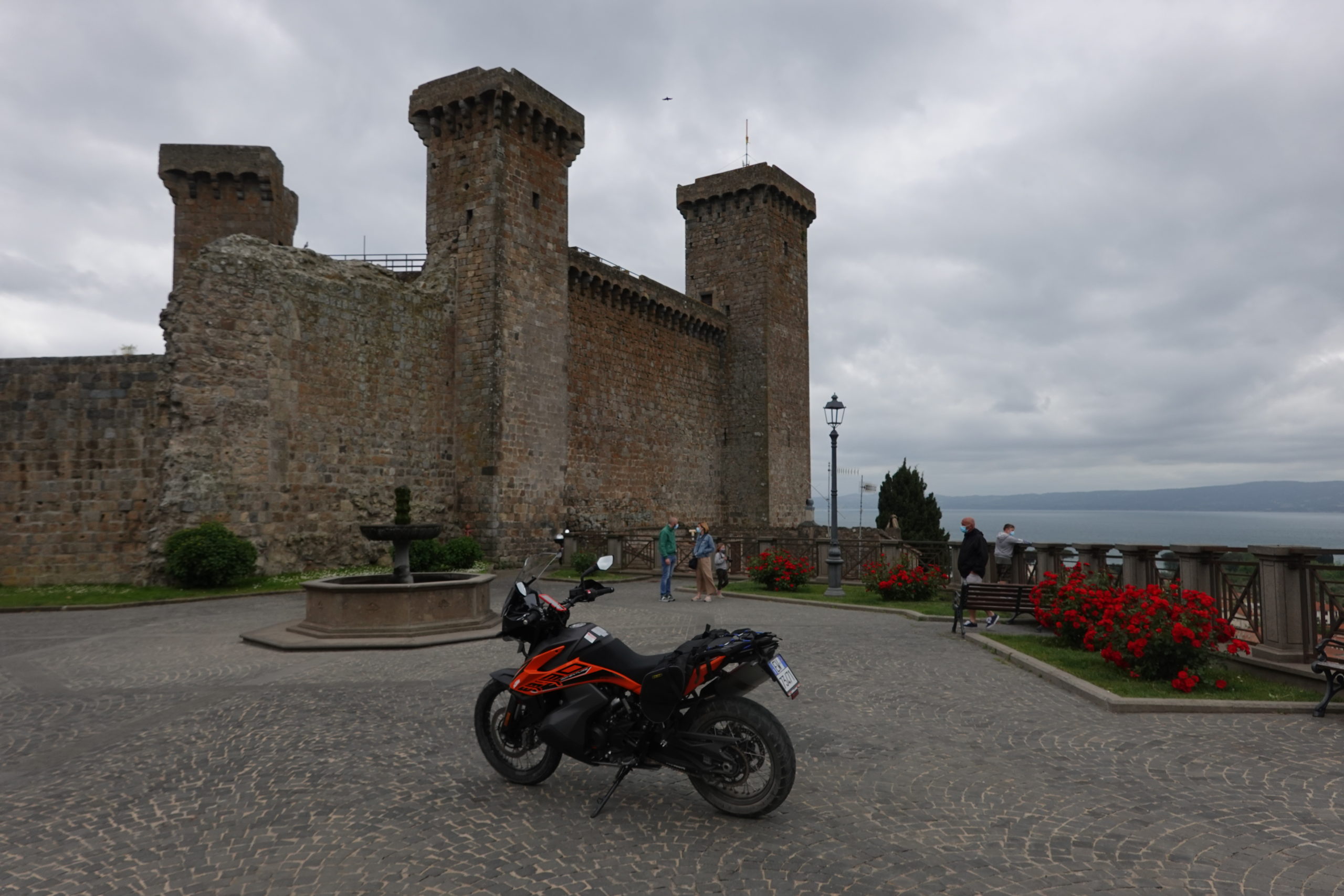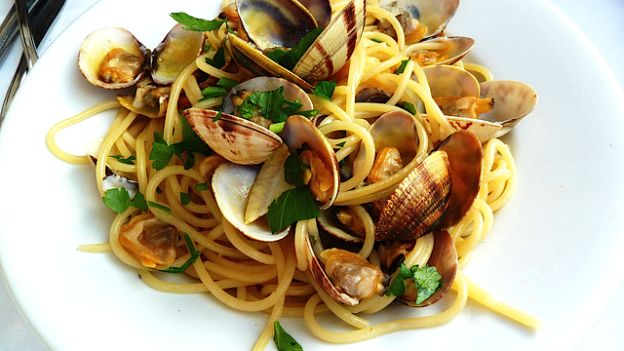Italian motorcycle racers: Roberto Colombo
Roberto Colombo was born in Casatenovo, in northern Italy, on 5 January 1927. He did not start his racing career until after World War II. The Italian National Championships is where he started racing and riding, at the time, for the Mondial concern; he finished well enough to grant him entry into the World Championships. In what was the first year of the Motorcycle Grand Prix (now known as MotoGP), Colombo had been hired by Moto Guzzi to campaign a 250cc grand prix motorcycle for the factory. His first ever race in the series was at Monza – the Italian Grand Prix of Nations – where fellow countryman Dario Ambrosini took victory.
During the intervening years, not much is known about where he was. Several biographical sources simply leave out the time between his 1949 Italian Grand Prix appearance and his 1952 return to the series. In fact, several sources even admit that the number of Grands Prix he participated in is, even now, in dispute.
He was most certainly in the 1952 World Championship, though, as we have him there with NSU on a 250cc machine. That year, he only entered one event and that was his home Grand Prix, the Italian Grand Prix of Nations. In that race, he did not do as well as he hoped and finished in fifth place. That gave him only 2 points for the entire year. He stood in 16th place in the overall standings when the 1952 season ended.
The next year only saw him racing in the Italian National Championships, and he did not have a factory ride that year. It did allow him to gain more experience, thus improving his own skill level, but he did not bring many trophies home.
When the 1954 Grand Prix season started, Colombo found himself riding for two factories, though as a semi-privateer; MV Agusta and Moto Guzzi. He raced a 125cc machine for MV and a 250cc bike for Moto Guzzi. He only had limited participation that season due to limited resources. At the Swiss Grand Prix, riding the Moto Guzzi, he finished in a respectable fifth position; he improved on that by finishing fourth at the Italian Grand Prix. Even those mediocre results placed Colombo fifth overall for the season. With the MV Agusta, he only raced in the Spanish Grand Prix, where he brought home a solid second place. That only brought him six points, but it was enough for ninth overall at the season’s end. It was a promising start if ever there was one, though. With the war in the middle of his life delaying his racing career a few years, he was still only 27 years old and getting better. Granted, that is about mid-career for many racers today; it was much different for riders of that time.
1955 was a single marque – and single class – year for Colombo as he only raced a Moto Guzzi 350cc Grand Prix motorcycle. He did make three rounds that year, having raced in the French Grand Prix, the Belgian Grand Prix and the Italian Grand Prix of Nations. His best finish was in France where he was a strong third place. By the end of that year, though, he had only amassed 7 points in the overall standings. It did give him tenth position for the season, but it was not enough for Colombo.
MV Agusta approached him for their works (factory-supported) team for the 1956 season. It was a significant milestone in the young racer’s career as he was joining a much-heralded marque in motorcycle racing – the ‘rare air’ at the top. In that season he was running in both the 125 and 250cc class for most of the season, but he did finish the season riding the MV Agusta 350 at the Italian Grand Prix of Nations – where he finished on the podium. In fact, that entire season did not see Colombo finish any lower than fourth position – leaving out the uncharacteristic DNF at the Isle of Man TT in the 125cc class – thus 0 points earned. He finished the 250GP class in fourth place overall and the 350GP in eleventh position, which is not that bad since he only raced in the season finale of that class where he scored a third place.
When he and MV Agusta looked at the 1957 season they likely saw something rather promising in store for them – a light on the horizon, if you will. Of course, this is based on the accumulated work and experience of Colombo’s previous years in leathers and his team’s knowledge of what worked in World Championship racing. They were rewarded with some wonderful early results; Colombo scored a podium in both of his races at the German Grand Prix – third in 125GP and second in 250GP. At the second meeting of the year, the famed Isle of Man TT, he scored a sixth in the 125GP class and a third in the 250GP class. The very next GP, the Assen TT, was also a good run for him; he did not race in the 250GP class, but he scored a second place finish in the 125cc category. It was really beginning to look like he might capture both titles in 1957 – he had the points and the great finishes. However, it all came apart at the next event, the Belgian Grand Prix.
Given Colombo’s early success in 1957, it was to him that the MV Agusta team turned to ride for a seriously injured Carlo Ubbiali. Ubbiali had gone down hard in the Assen race and would take most of the rest of the season to recover. For a reason which may be lost to history – as there is little to no information about it anywhere currently – Colombo was assigned the 350GP machine to ride at Spa-Francorchamps in the Belgian Grand Prix. Soon after entering practice, he crashed the completely new MV Agusta at the entrance of the Stavelot esses. After he went down, it took a rather long time for an ambulance to be dispatched to his crash scene and they did not even stop the practice session. In fact, while the ambulance was returning to the entrance to take Colombo to the hospital, there were several sidecar racers practicing on the circuit – absolutely disgraceful track management. His injuries were too severe for the medics to be able to help and he died in route to the hospital. MV Agusta withdrew their entire Italian contingent for the race after this tragedy.
In his career, Roberto Colombo had only managed to make it to 22 Grands Prix and eight podiums, but no championships. He is heralded as a great rider due to the machines he piloted, his experience in the Italian National races and the fact that he was headed for the top of his craft right when his life was so quickly snuffed out. It was indeed a cinematically tragic life for this Italian road racer, but Colombo lived the life he wanted to and he demonstrated what one can do with a passion for speed.
Italian motorcycle racers: Enrico Lorenzetti
Enrico Lorenzetti is another Italian road racer which saw great success and yet is not well-covered in biographies of historic motorcycle personalities. This is often not from a lack of respect, but is often due to the simple fact that information about such athletes is often lost, accidentally destroyed or simply disappears – usually into someone’s personal collection. With Lorenzetti, there is only one good resource in the English language, so information is rare.
We do know that Enrico Lorenzetti was born on 4 January 1911 in Italy, though the city appears to be unknown. The first we hear of Lorenzetti is when he began his racing career with Moto Guzzi in 1949, the very first year of the Motorcycle World Championship (now known as MotoGP). He rode in the Blue Riband 500cc class on the Moto Guzzi Bicilindrica V-twin.
The Bicilindrica was one of the more stylish Grand Prix bikes on the series. Its fuel tank fairing extended to the front of the forks making it stick out in front – it looked much like one very large loaf of bread painted up in Guzzi livery. The rear cylinder’s carburetor also was jutting out to the near side and very close to the rear tire. In a way, it looked like a radical machine made with a too small frame, but with a full size engine and petrol tank. Moto Guzzi was always capable of building a beautiful machine, though, and this was one of them.
Lorenzetti took that 1949 Bicilindrica to only one race that season. That race was the Belgian Grand Prix at Spa-Francorchamps, a legendary circuit used until 1990 with only one exception. The Moto Guzzi rider landed on the podium in third position; not a bad result for his first Grand Prix. That race gave him seven points and that was what he needed to finish eighth overall for the season even without competing in another World Championship event that year.
The next season, 1950, he did not race at the World Championship level; he did compete in some Italian events, but nothing notable came of it. The very next year, though, saw him take on two classes in the Grand Prix series – 250 and 500cc. Of course, both of the bikes he campaigned were Moto Guzzi works (factory-backed) machines. It was certainly a better year than his first. Lorenzetti finished every race he started in 1951 and did not miss the podium in any of them – he had a total of three third places and one race win. That win came aboard the 250cc bike at the Italian Grand Prix of Nations, right in front of his home crowd.
1952 saw Lorenzetti decide to focus on the 250GP Championship with Moto Guzzi. He participated in five of seven rounds that year; he did not finish any lower than second place in any of those races. Thus, Enrico Lorenzetti was the 1952 250cc World Champion and Moto Guzzi was very happy with how the season ended for him. This is even more exceptional when you realize that all of his spare time was spent testing and developing racing motorcycles for the Italian marque. Lorenzetti was a very busy and successful man in 1952.
The next year Moto Guzzi had Lorenzetti race in both the 250 and 350cc World Championship classes. It was a very good year for the Italian as he never finished worse than fourth place that year. However, he was up against some strong competition including a teammate of his at the Guzzi factory, Fergus Anderson, who also took the 350GP title that year with Lorenzetti in a very solid second place. In the 250cc class, he had a great year, but finished third overall – six points behind first and only one point back of second place. 1953 was the last best year for the racer, though, as only one more time did he finish a World Championship season as high as third.
In 1954, Lorenzetti only raced the 350cc Moto Guzzi and finished up in fifth place overall after only attending four rounds that year. 1955 had him back on both the 250 and 350cc race bikes in the World Championship, and he finished only two races that year; that put him 12th position in both 250GP and 350GP as well. The next season, 1956, he finished a respectable third place overall in the 250cc class, but he only raced in one round.
His last year of World Championship competition was in 1957 with Moto Guzzi and racing their 250cc machine in the series. That year he only made it to two rounds; in Germany, where he finished fourth, and Italy, where he finished on the podium in third. The season ended with Lorenzetti in ninth place overall.
As was mentioned above, Lorenzetti also did a significant amount of work for the Moto Guzzi factory by testing and helping to engineer some of their better race bikes. He was even known to do some work in the paddock when things went wrong or another rider on the team needed some help with a problem. At one point, he created a new race machine by taking his own damaged engine and installing it into another Moto Guzzi frame to produce and entirely new bike, essentially. That machine brought home many wins for Guzzi.
Enrico Lorenzetti had started his Grand Prix motorcycle racing career at the very beginning of world-class motorcycle road racing and he personified an accomplished and very talented racer in that series. Overall, he finished with 28 Grand Prix starts, 21 podiums, 7 race wins and one Championship. Though we do not have an immense source of information on his life and times, we do get to see what he did for the motorcycle racing world. This we can easily see represented in his racing success and his dedication to the sport he loved. Lorenzetti retired from racing in 1957 and lived a good life until his death in 1989 at the age of 78.
Remo Venturi
Another motorcycle racer who made a mark on the sport but has not had a great deal written about him is one Remo Venturi. Not much is known about his life beyond the race tracks of the world, but it is possible to see much of his life in the results he had while racing in the Motorcycle World Championship Grand Prix (now known as MotoGP) series. At least it is possible to see who he raced for, whom he raced against, and how he finished up each race and season. And, we are fortunate to know that he was born on 21 April 1927 somewhere in Italy.
Venturi started his career with a top team in World Championship Grand Prix, the legendary MV Agusta GP team. He rode their 125cc model in the 1955 season, and he rode it very well, actually. During that season, he participated in all six of the rounds held that year and he never finished outside the top three. This was not enough against his teammates, though, and MV Agusta took the top three slots overall that season with Venturi finishing in third place – only his two fellow works racers above him separated him from the title.
In the years following his first in the series, Venturi only took his bike to the track in two or fewer races a year. His second year, 1956, he only raced the 250GP bike in the German and Italian rounds – finishing in third in both events. MV Agusta’s 1958 plan had him ride in both the 125 and 250cc classes, but he only ran in two events – the Ulster (125 only) and Italian Grand Prix. That year he finished back in seventh in 125cc and tenth in 250cc overall. 1958 was a single race for him in the worldwide series; he finished second in the 500GP class at the Italian Grand Prix of Nations – a very impressive accomplishment. Again, his MV Agusta team did well during that time, so he did have a part in some championships even if most of his time was dedicated to testing.
He went into 1959 with a plan to win the 500cc World Championship; and he was not being overly confident, he really had a chance that year. Venturi took on five out of seven rounds and only finished off the podium in Belgium, where he finished fifth. With a total of 22 points that season, he was able to secure a solid second place in the Championship behind John Surtees (a formidable racer who is now legend) and his MV Agusta. Given the skill of Surtees, this certainly speaks to the potential of Venturi; he was so close to taking it all only to loose to his teammate – often a racer’s stiffest competition. That year also saw him take on one race with the MV Agusta 250GP bike. He raced in the Italian Grand Prix of Nations and finished in second place which actually secured him in sixth position overall at season’s end.
Venturi had another good year in 1960 while racing the MV Agusta 500cc race machine. However, John Surtees was still his teammate. Venturi did not finish any lower than second that year with a big win in the Assen TT in the Netherlands. Surtees was a very successful racer in his last year in the sport, though, so Venturi was again relegated to second in the Championship a full 20 points behind Surtees. Again he was so close to tasting the victory but missed it due to his well-healed partner at MV Agusta.
He only raced for MV Agusta once more and that was at the Italian Grand Prix. This is after missing the entire 1961 (the year of Gary Hocking for MV) season. In Italy in 1962 he scored a second place finish which actually gave him enough points to secure a tenth place overall. After MV Agusta, Venturi started racing for the Bianchi firm. He only ran for three races in two years with them on the World Championship circuit. In 1963 he raced a Bianchi 350GP bike at the German Grand Prix and took home a second place there. The next year he raced both the Bianchi 350 and 500cc motorcycles at the Dutch TT in Assen. On the smaller bike he made the podium in third and with the Blue Riband machine he scored a solid second place. It cannot be said that Venturi had lost any of his talent with time.
His last year on the Grand Prix circuit came in 1965 with a Benelli 250cc ride. The series itself had expanded to 13 rounds by that year, but Venturi only participated in the Italian Grand Prix of Nations. There he took third place. After this race, there is very little information on where he went to or if he continued racing in other series or even in another vehicle class.
After some 24 Grands Prix, 22 podium finishes and one race win, Venturi simply seemed to disappear from the world stage. He was incredibly successful – he only finished off the podium one time in over ten years of racing – and was a part of some great and historic teams, but he never tasted a championship. Given the talent he had and the motorcycles he used to achieve the results he had, it seems like he should have taken several home. It would be nice to know more about Remo Venturi…


